Sodium benzoate, found on many labels as E211, is among those preservatives that appear on the list of permitted additives in Europe, but at the same time have an adverse effect on the mental development of the children, which is why its replacement is being sought. Until one is found, however, it is good to be aware of what sodium benzoate is and what its culinary uses are. Here is some information on this matter:
- Sodium benzoate keeps products fresh for a longer time, as it prevents the development of yeast and bacteria;
- Sodium benzoate aims to stop fermentation;
- Although, like most preservatives, it is associated only with negative consequences, it also has many useful properties. For this reason, it is even used in pharmacy, mostly in the form of cough syrup. It has antiseptic and expectorant action;
- You can find sodium benzoate even in nature. It is contained in blueberries, raisins, etc. in its natural form;
- In cooking, sodium benzoate is used for a variety of purposes. It is found in meats, fish, most sauces, mayonnaises and pickled products. It aims to keep them fresh for a longer time;

- Sodium benzoate is also often used to clarify wine. It is also successfully used in the preparation of jams and marmalades;
- Sodium benzoate is dissolved in water in a proportion of 50 g of sodium benzoate per 100 ml of water;
- In no case buy or consume products that say they contain sodium benzoate and vitamin C. This combination makes them carcinogenic;
- Try to limit your children's intake of sodium benzoate. There are no proven harmful effects on adults, as long as its daily intake does not exceed 5 mg of sodium benzoate per 1 kg of weight. For this reason, in some countries its use is prohibited;
- Sodium benzoate is widely used when canning food. It is found in the preparation of a number of pickled vegetables, pickles, sauerkraut, etc.
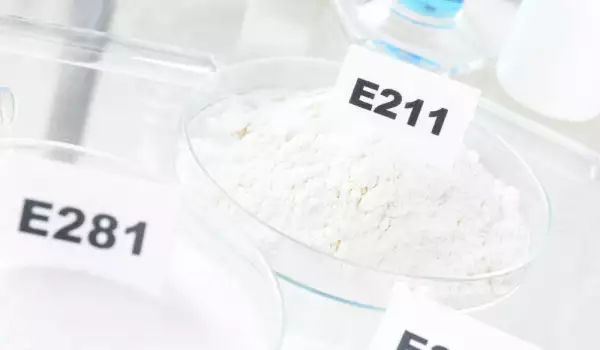

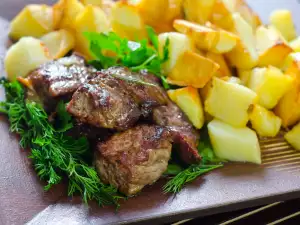


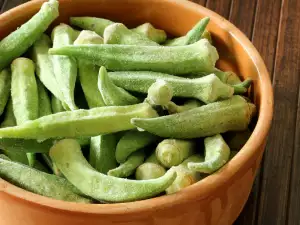




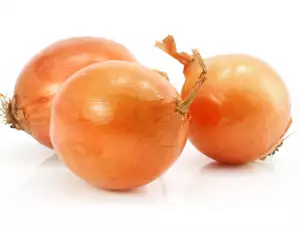



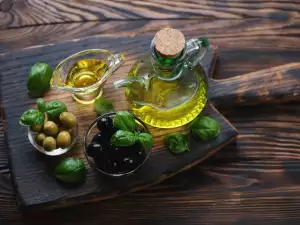





Comments